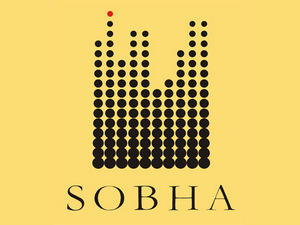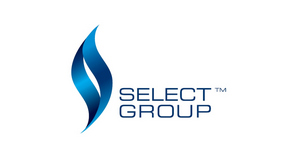.jpeg)
The number of buyer occupiers has dropped, the number of investors has increased.
At the moment Dubai’s real estate market is driven by investors who are interested in benefiting from high return on investment (ROI) and rising rents.
Last year after the pandemic restrictions had been eased, the sales transactions were dominated by future home occupiers, including tenants looking to take advantage of low prices and mortgage interest rates.
However, towards the end of 2020, the situation started changing and during the third quarter more than half (51 percent) of the sales were represented by investors.
The trend has remained this year and as of the third quarter, investors accounted for 62 percent of the buyers. Buyers identifying themselves as occupiers represented only 38 percent of the transactions, while in the same period last year they made up 49 percent.
Q3 2021 has seen a shift in the market towards investors, both locally and internationally.
Investor demand is fueled by strong ROI, rising rents and Dubai’s COVID-19 recovery and is expected to continue.
Dubai’s capital values, especially in the villa segment, have been going up on the back of strong demand from both local and international buyers. By September 2021, capital values of villas grew by more than 20 percent, according to ValuStrat.
Rents have also been gradually going up, although the rates for many apartments are still lower compared to the previous year. Overall villa rents posted an increase of 10 percent during the second quarter of the year compared to a year ago, while average apartment rental rates were still 3 percent lower than last year.
It is also noteworthy, that while cash buyers continue to dominate the market in the third quarter of the year, there has been an increase in the number of mortgage purchases, as buyers take advantage of low interest rates.
As of the third quarter, cash buyers accounted for 63 percent of all transactions, down from 70 percent a year ago. Mortgage-based purchases represented 37 percent of the deals in Q3 2021, up from 30 percent in the same period last year.




































